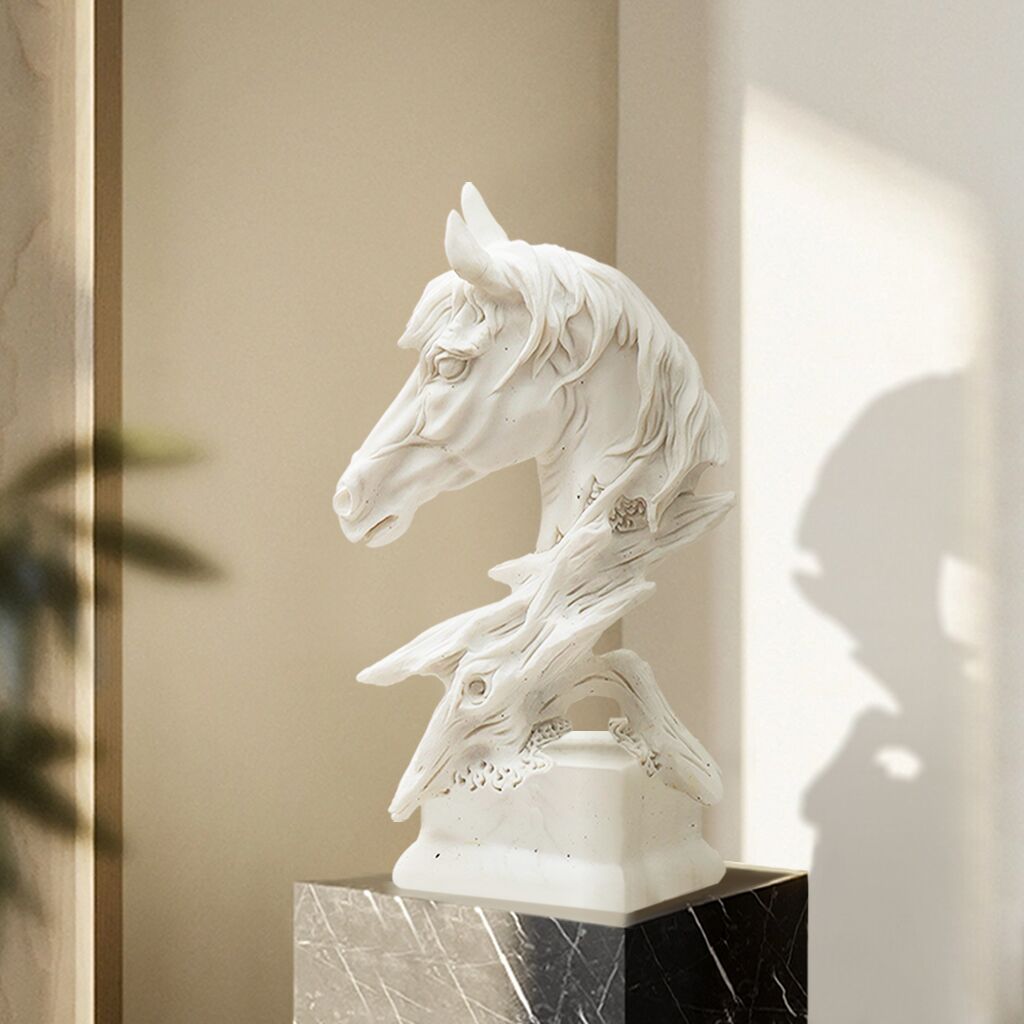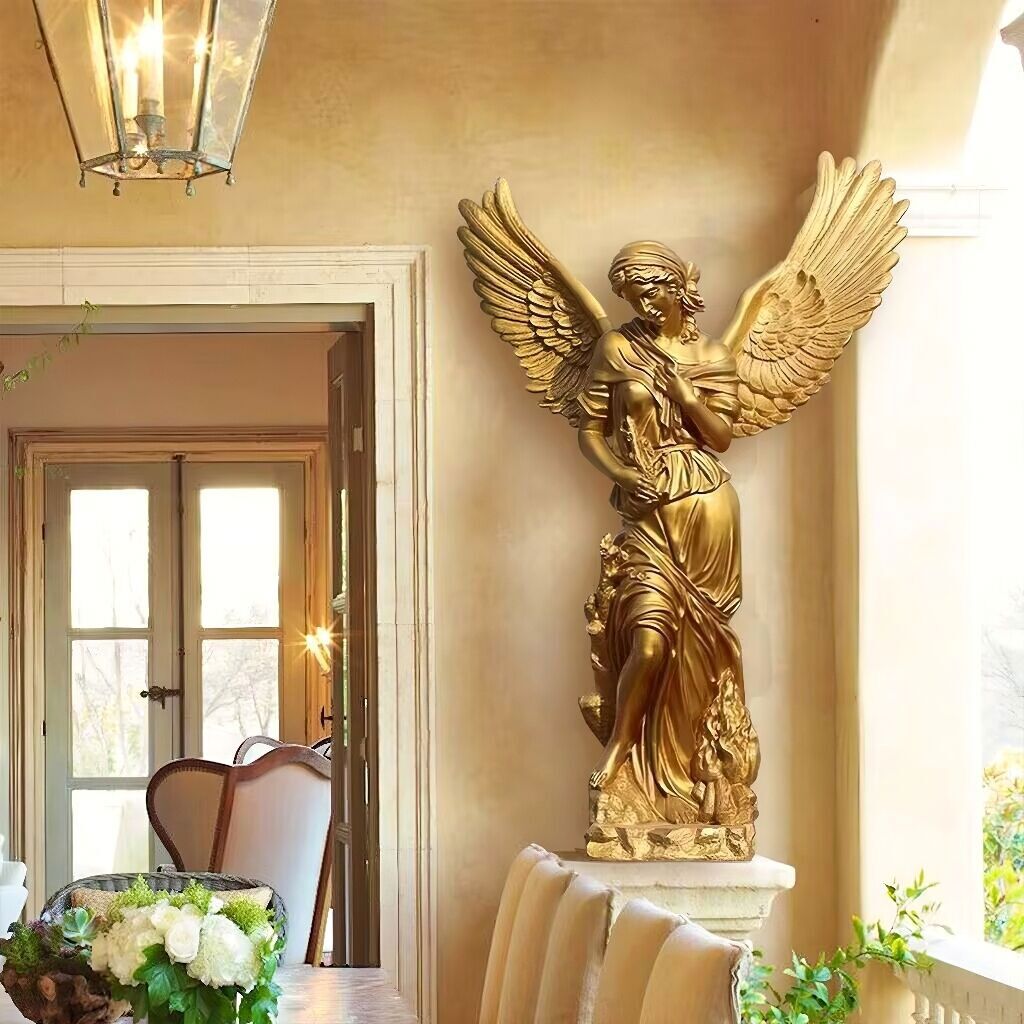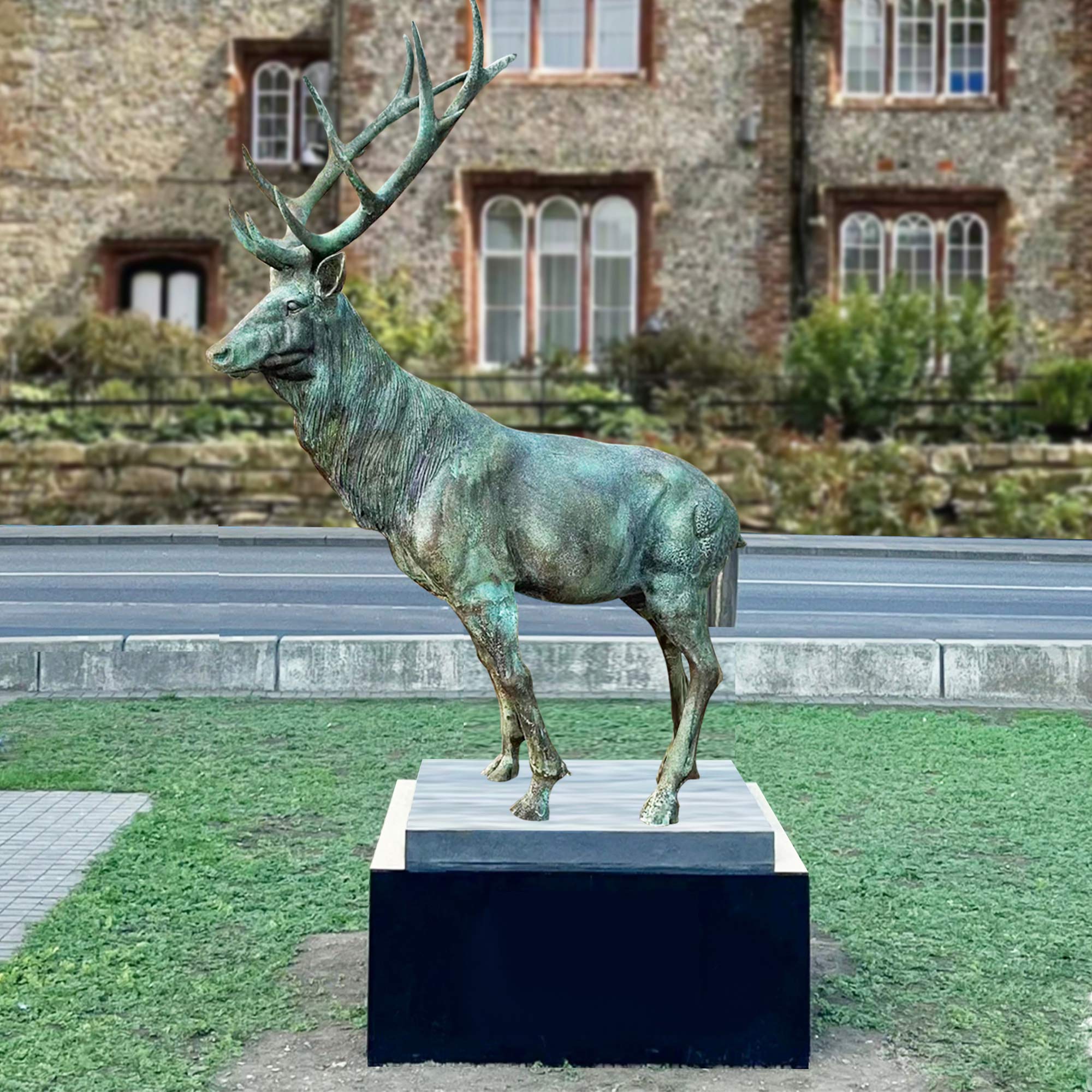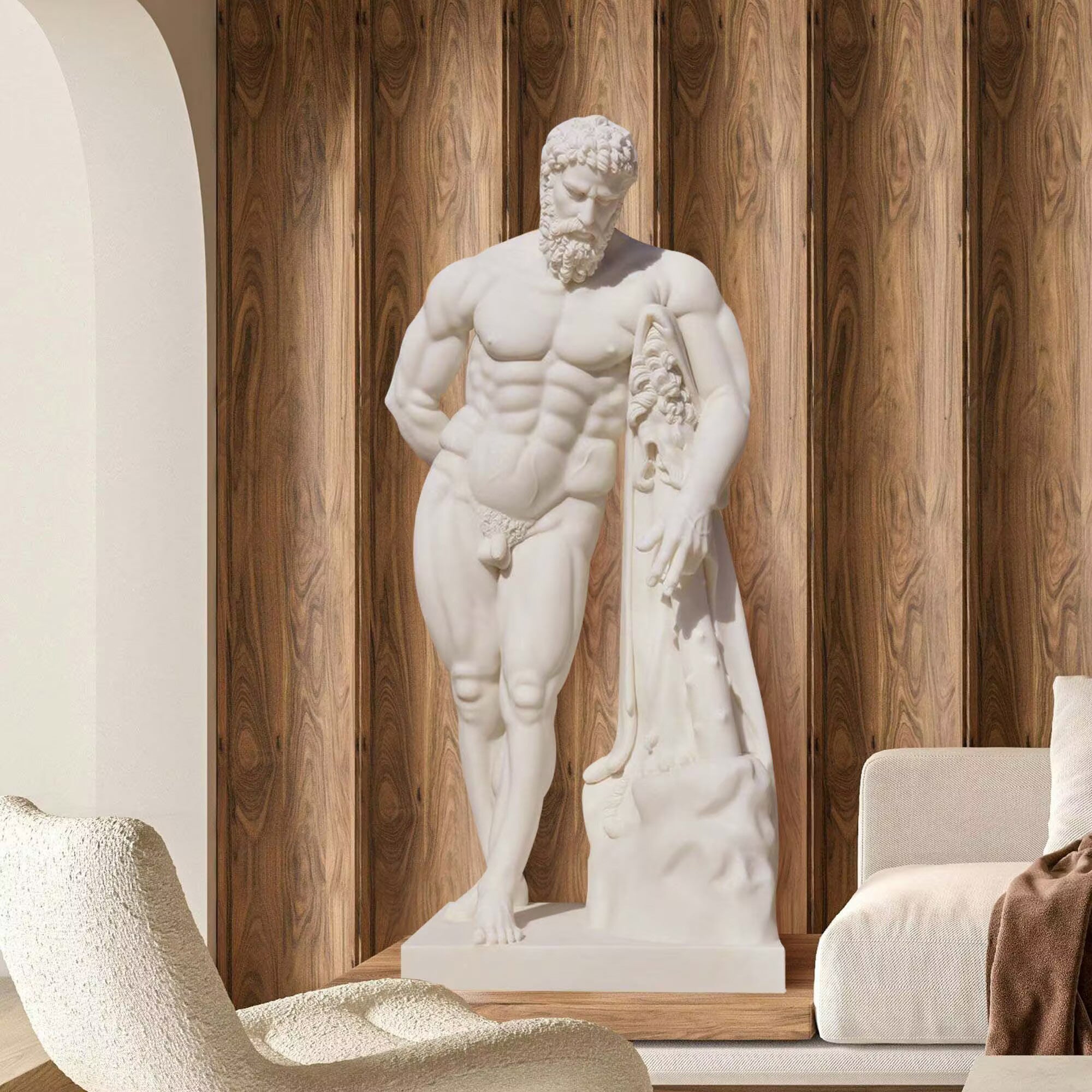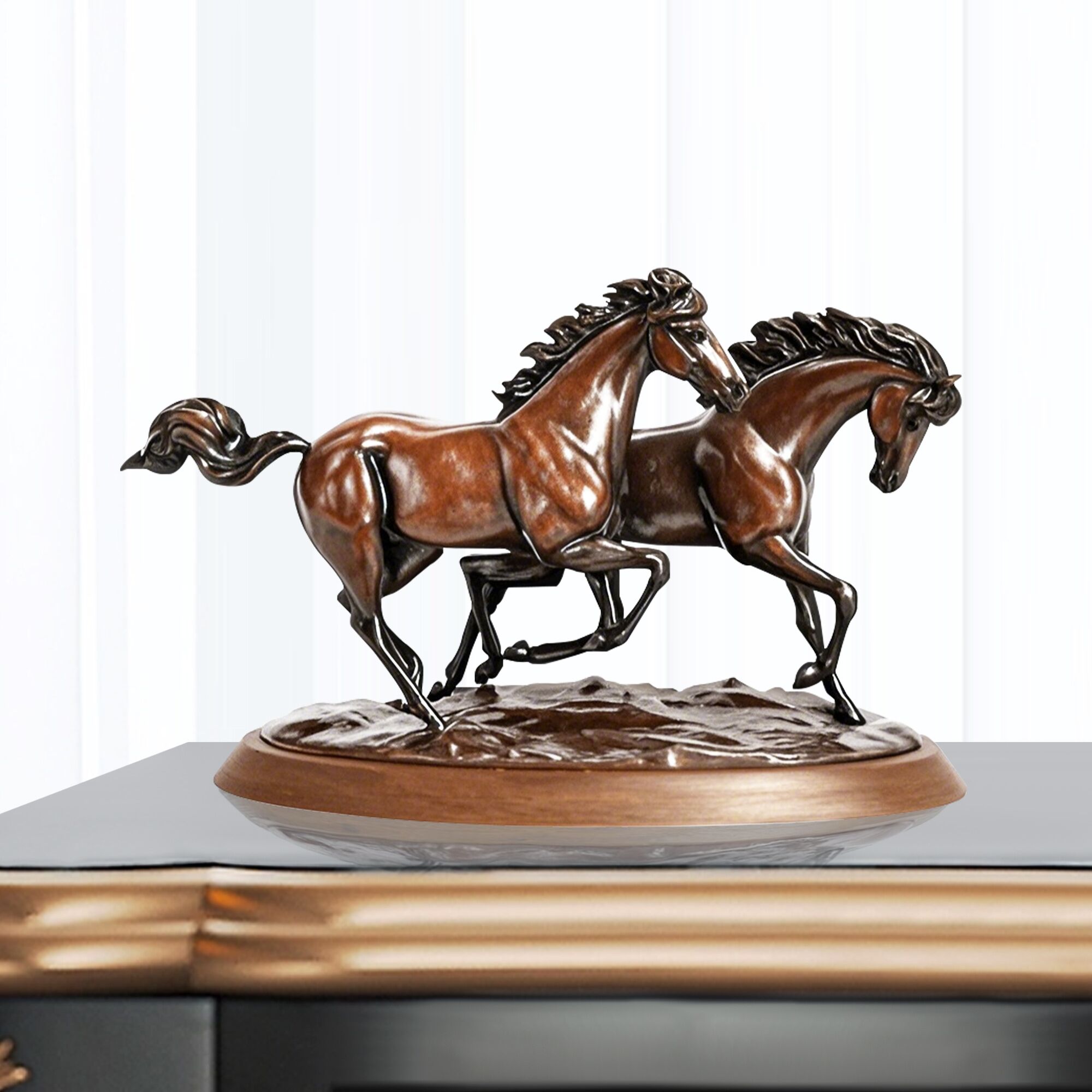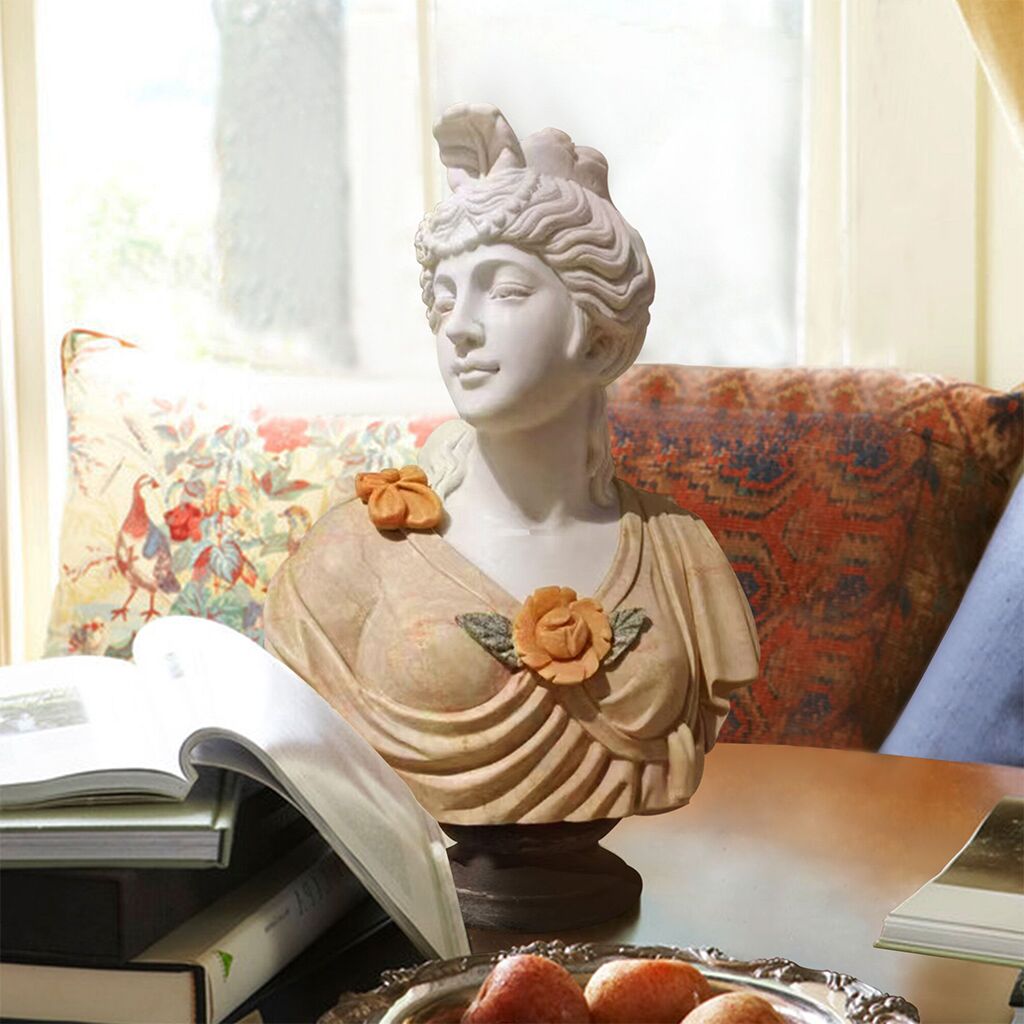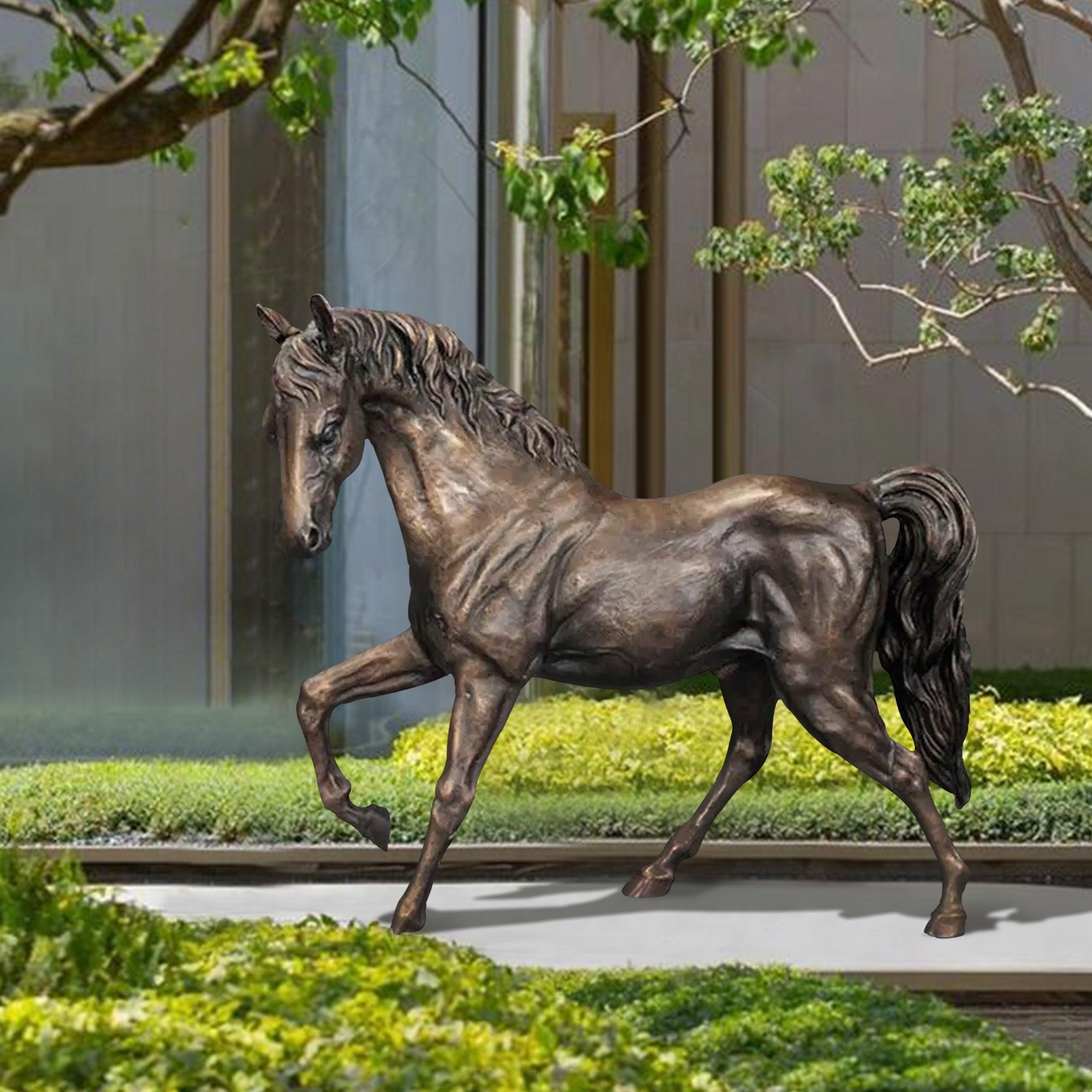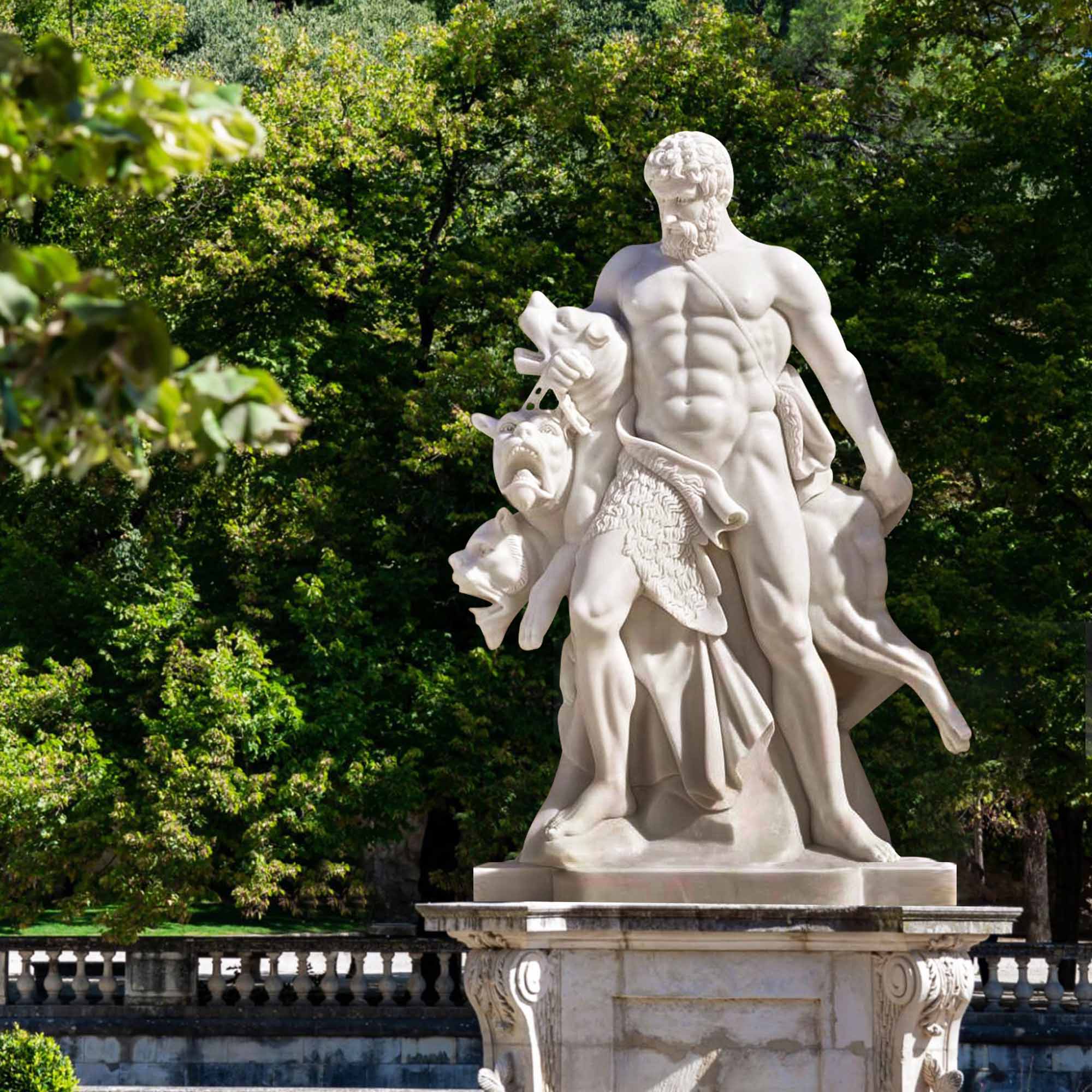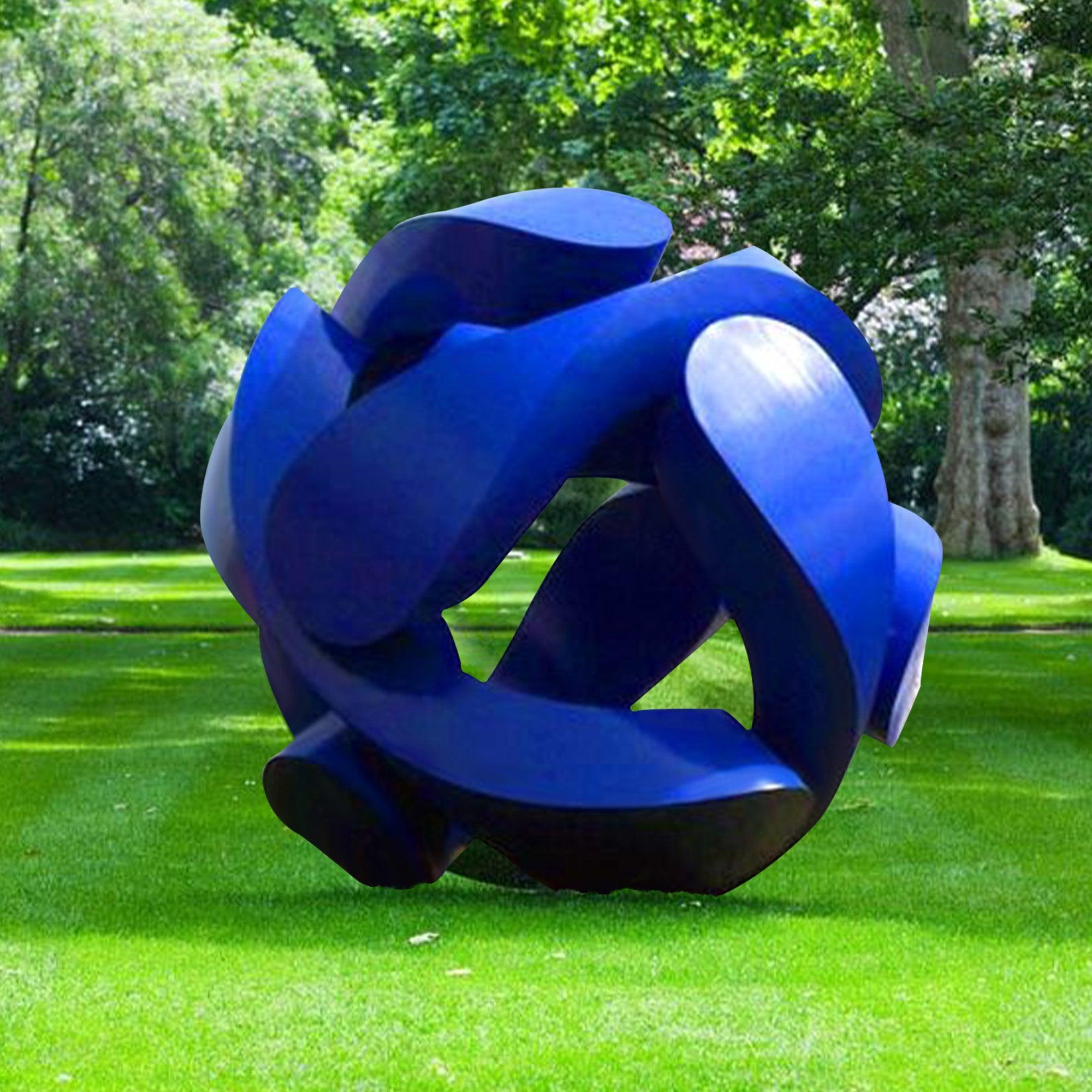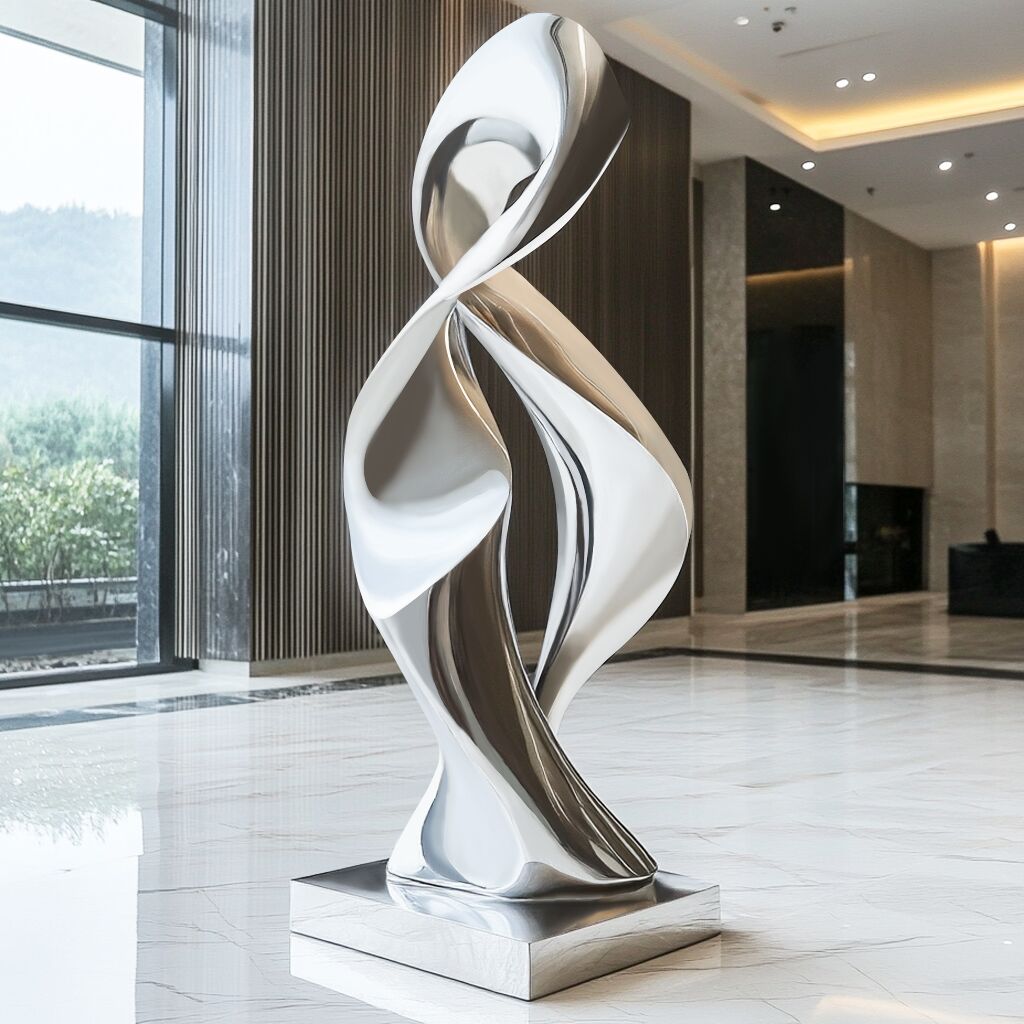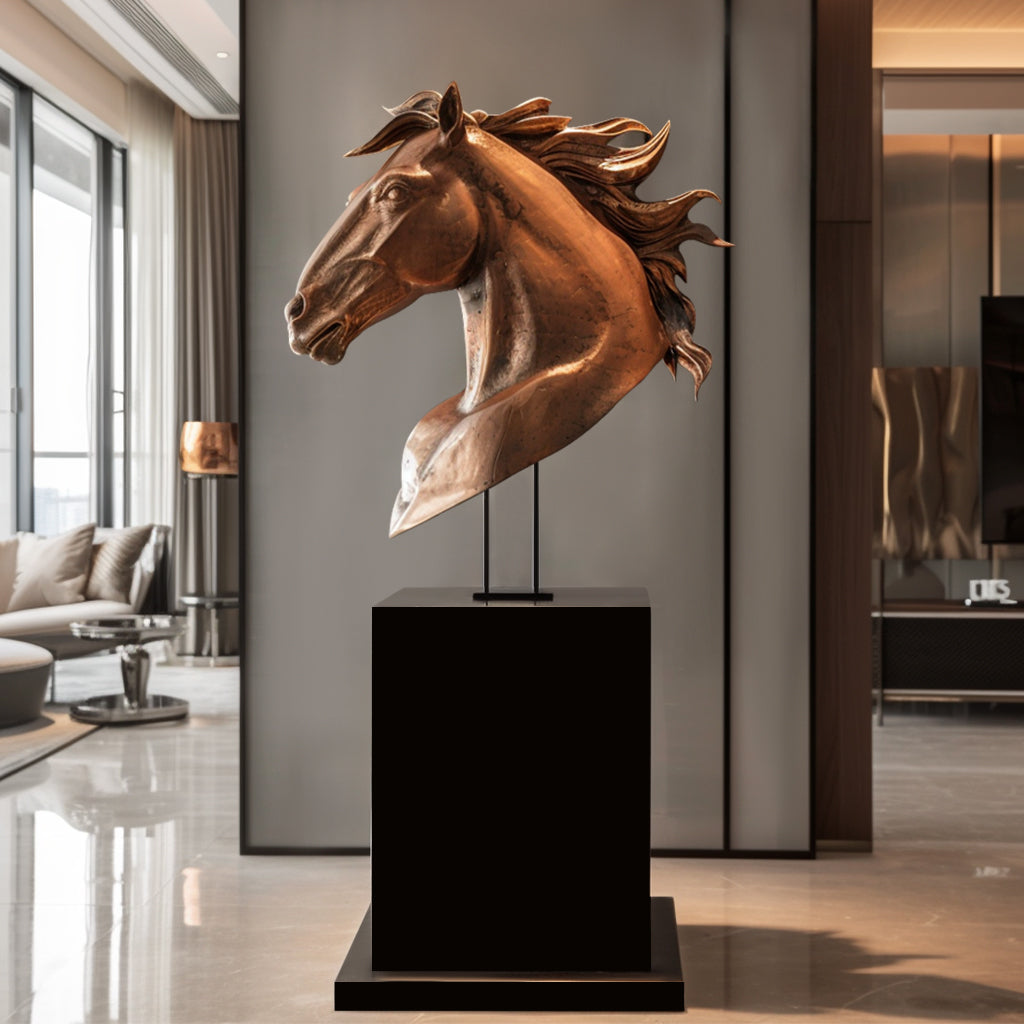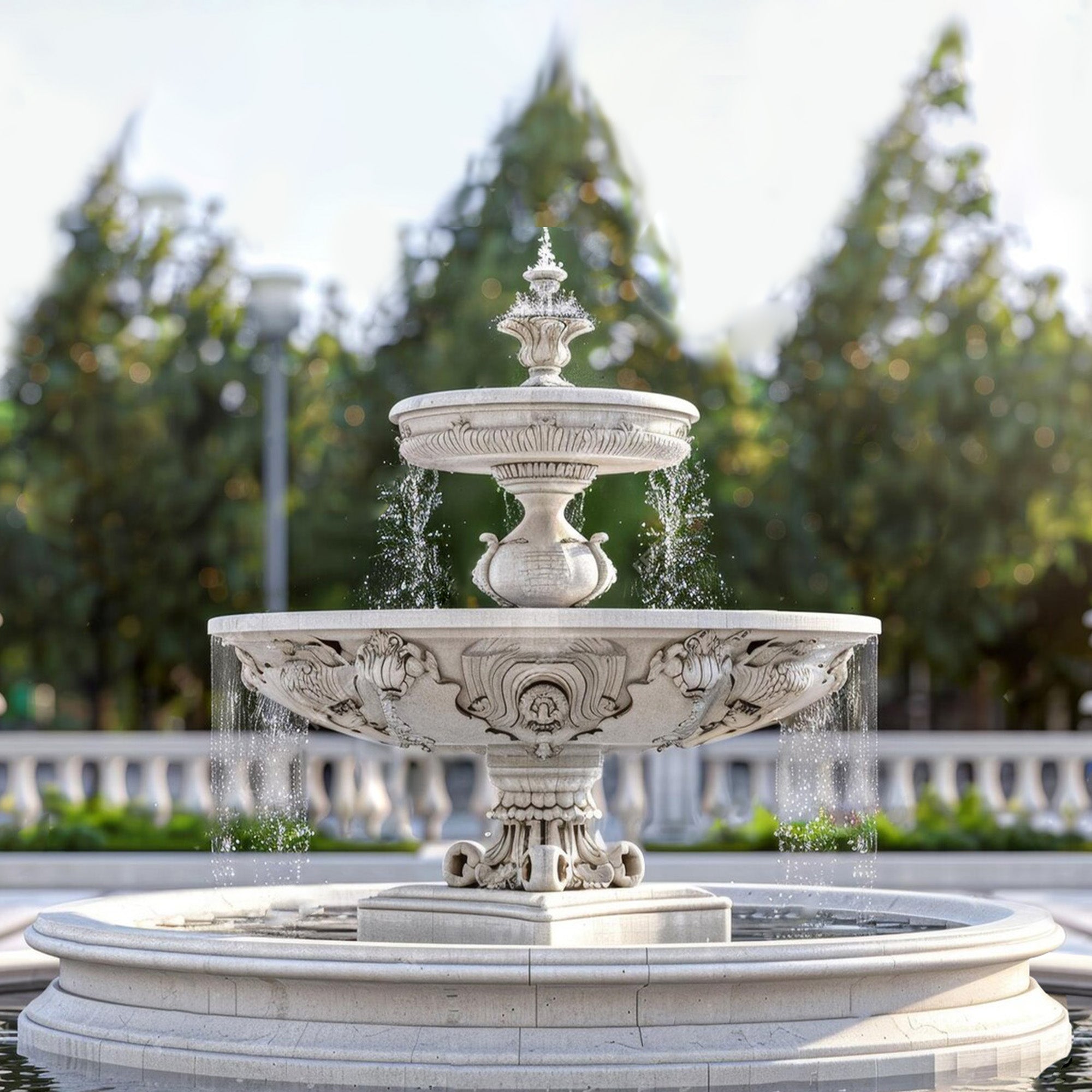Sculpture has a way of making stone feel alive and marble is where it truly shines. These 6 famous sculpture are far more than famous. They show what happens when talent, emotion, and patience come together in one perfect block of stone. Let’s take a look at how artists over the centuries have make solid stone something deeply human and profoundly beautiful.
Laocoön and His Sons
By Agesander, Polydorus, and Athenodorus
Greece, Early 1st Century BCE
Vatican Museums
The Laocoön and His Sons sculpture was created by the Greek sculptor Agesander and his sons, Polydorus and Athenodorus. It is based on a story from Greek mythology during the Trojan War. Laocoön, a Trojan priest, warned his people not to bring the wooden horse left by the Greeks into the city. In response, the goddess Athena—protector of the Greeks—sent two giant sea serpents to kill him and his two sons.
This garden marble sculpture captures the intense physical and emotional suffering of that moment. One snake coils tightly around Laocoön’s thigh, while the other strikes the chest of his younger son. Laocoön’s head is thrown back, his mouth slightly open, and his face twisted in agony. His older son looks on in despair, wrapped in the deadly grip of the serpent, helpless to save his father. Laocoön himself uses all his strength in a desperate struggle to free himself and his sons from the serpents' deadly grip.
The composition is carefully designed in a pyramid shape. This marble sculpture is stable yet full of dramatic movement. It’s a powerful expression of pain, tension, and human vulnerability, showcasing the sculptors' incredible skill and emotional insight.
Discobolus (The Discus Thrower)
By Myron
Greece, c. 450 BCE
National Roman Museum, Terme Museum, Vatican Museums
The Discobolus depicts a powerful young athlete captured at a dramatic moment in a sporting event—just as he is about to release the discus. Though the original bronze statue by the Greek sculptor Myron has been lost, Roman marble copies preserve its dynamic energy.
Often described as “eternity frozen in motion,” the marble sculpture captures the split second when the athlete has drawn the discus back to its highest point, ready to launch it forward. This fleeting moment marks the transition from stillness to movement, a delicate balance that brings out the very essence of motion.
The Discobolus is filled with a sense of rhythm and fluid motion. Myron’s artwork breaks through the traditional limitations of time and space in sculpture art. It communicates not only the physical act of throwing, but also the spirit of athleticism itself. Through this work, the ideals of harmony, strength, and youthful vitality are expressed with clarity and grace, making it become a model for artistic creation in later generations.
Venus de Milo
By Alexandros of Antioch
Greece, c. 150 BCE
Louvre Museum, France
Widely regarded as the most beautiful female statue from ancient Greece, the Venus de Milo was discovered in 1820 by a farmer named Yorgos on the island of Milos in the Aegean Sea. When unearthed, the statue's right arm was hanging down, gently holding the edge of her drapery, while her left arm was raised above her head, holding an apple—a symbol often associated with the goddess Aphrodite.
Once news of the discovery reached the French consul on the island, the French ambassador in Constantinople was informed. Determined to secure the statue, the ambassador sent an envoy with a large sum of money. However, by the time they arrived, the farmer had already sold the statue to a Greek merchant. In a tense standoff involving both French and British forces, the French ultimately seized the sculpture—tragically, her arms were broken during the chaos.
Despite the damage, the Venus de Milo remains a masterpiece of classical beauty. Her figure is both graceful and stately, with smooth, full curves and a serene oval face. She has an oval-shaped face, a straight, refined nose, a broad, calm forehead, and a gently rounded chin—features that reflect the classical ideals of feminine beauty. The subtle twist of her torso creates a gentle spiral motion through the body, giving the statue a sense of rhythm and elegance. This subtle motion makes Venus de Milo not only a symbol of beauty but also a masterpiece of artistic composition.
David
By Michelangelo Buonarroti
Italy, 1504
Galleria dell'Accademia, Florence
The story behind David statue is nearly as remarkable as the statue itself. In 1464, the Opera del Duomo signed a contract with sculptor Agostino di Duccio to create a statue of the biblical hero David. Agostino began roughing out the marble blocK. He shaped the legs, feet, and part of the torso, but for unknown reasons, the work was abandoned. Scholars believe Agostino may have been working under the guidance of Donatello, who died in 1466.
In 1474, another sculptor, Antonio Rossellino, was assigned to continue the project, but his contract was also canceled shortly afterward. For 25 years, the massive marble block lay neglected in a courtyard, exposed to the elements.
In 1501, a 26-year-old Michelangelo was given the chance to finish what others had left behind. Over the next few years, he successfully transformed the flawed block into one of the greatest masterpieces of the Renaissance.
Michelangelo’s David depicts a young, athletic nude male—an idealized vision of masculine beauty. His body is strong and well-proportioned, his muscles full of tension, his expression calm yet determined. Unlike earlier depictions of David that show him triumphant after slaying Goliath, Michelangelo chose to capture him in the moment before the battle—alert, focused, and ready. The marble statue radiates inner strength and quiet confidence, turning the biblical shepherd into a symbol of courage and human potential.
Cupid and Psyche
By Antonio Canova
Italy/France, 1787–1793
Louvre Museum, France
In Cupid and Psyche, Neoclassical sculptor Antonio Canova captures a moment of tender awakening: the god of love gently revives the mortal Psyche with a kiss. Inspired by the ancient myth, the sculpture tells a story of passion, trust, and the union of soul and desire.
The two figures are entwined in a graceful, spiraling embrace. Psyche's arms reach upward as Cupid leans over her, their forms creating a fluid diagonal that guides the viewer’s eye across the scene. Carved with exquisite precision, every detail—from the softness of their skin to the delicate feathers of Cupid’s wings—reflects Canova’s mastery.
More than a love story, this sculpture celebrates emotional connection and beauty in stillness. The elegance and purity of the marble give it an almost dreamlike quality, making Cupid and Psyche sculpture one of Canova’s most iconic works—and a highlight of marble sculpture in Western art.
The Three Graces
By Antonio Canova
Italy, 1814–1817
Hermitage Museum (Russia) / Louvre Museum (France)
Antonio Canova’s The Three Graces is a celebration of beauty, harmony, and gentle sensuality. Inspired by classical mythology, the sculpture portrays the three daughters of Zeus—Euphrosyne, Aglaea, and Thalia—who embody grace, charm, and joy.
The three figures stand closely entwined, their bodies softly touching in a tender, circular embrace. Their forms are elegant and balanced, with subtle curves and naturalistic proportions. The marble seems almost weightless under Canova’s hand, capturing a quiet intimacy and unity between the figures.
What makes The Three Graces Sculpture stand out is its sense of calm rhythm. The positioning of the arms, the tilt of the heads, and the flow of the drapery all work together to create a feeling of timeless serenity. Rather than focusing on dramatic movement, Canova expresses an inner harmony and poetic stillness that reflect the ideals of Neoclassical art. This marble sculpture remains one of Canova’s most admired works and a lasting symbol of classical beauty and refinement.
Whether you're an art lover, a student, or simply curious about the extraordinary beauty of marble sculpture, we hope this journey has inspired you. Have thoughts, questions, or a favorite sculpture you think we should include? We can help customize sculptures you need!
We’d love to hear from you!!!
👉Contact us here or drop us a message—we’re always up for a good conversation about art.



